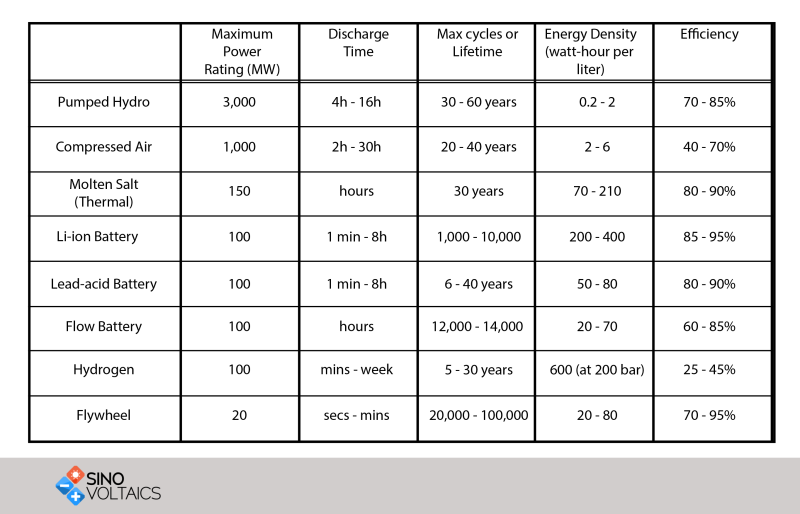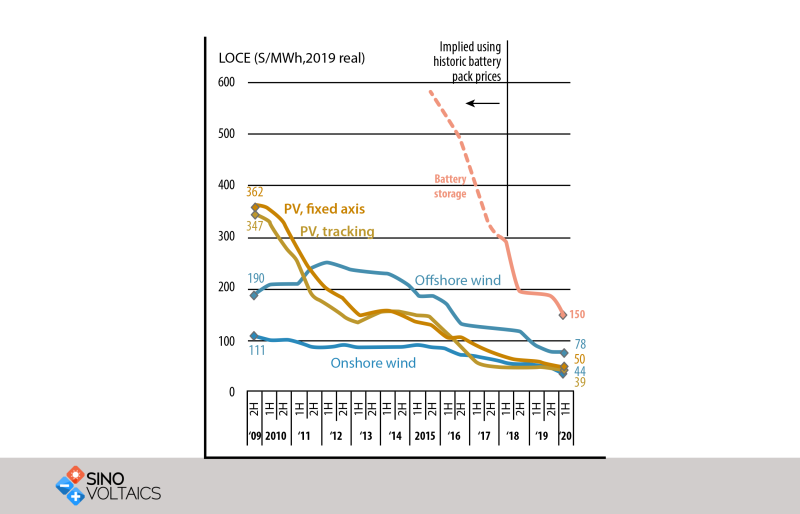Why Do We Need Energy Storage?
About Energy Storage
Energy storage is an attractive tool to support grid electrical supply, transmission and distribution systems. Our Utilities, grid system operators and regulators benefit from it as switching to storage mechanism strengthens grid resiliency and reliability. This in turn ensures higher efficiencies across the grid as well as eliminates the need for reliance on other higher greenhouse gas (GHG) footprint options that would otherwise be preferred with zero storage options.
Energy Storage –A quick Look
Energy storage benefits can be grouped up into six broad application/use categories:
- Energy storage benefits can be grouped up into six broad application/use categories:
- Renewables integration with Grid: Helps to integrate more solar, wind, and distributed energy resources.
- Higher Grid Efficiency: This can improve the efficiency of the grid by increasing the capacity factor of existing resources and offset the need to depend on pollution-emitting peak power plants.
- Improved and reliable electric supply: Storage can also support the efficient delivery of electricity for base load plants like coal that have slow ramp-up times when responding to grid.
- Electrical grid infrastructure: Energy storage options can hugely alleviate the operational costs of the entire grid infrastructure.
- Overall Savings in Money –Overall incorporation of storage is beneficial to all end-users as it saves costs to society by enabling storage of low-cost energy and retrieving it later when electricity prices are low.
Types Of Energy Storage Scenarios
- In Electricity Grid- For example, the energy retrieved from batteries can be used in times of peak demand. This prevents the grid from becoming overloaded and proceeding towards any possible outages.
- Remote/ off the Grid locations- For example for people living in remote off-grid locations, battery energy storage is quite helpful as storage can be easily connected to solar panels to provide a reliable and grid-free electricity supply.
- Rooftop Solar Panels- For example, homeowners installing their own energy storage can store more power generated by their rooftop panels, and save more money on their electricity bills.
- Electric Vehicles (EVs) –EVs operate with energy stored in batteries. Also, the regenerative braking method absorbs energy, converts it back to electrical energy, and returns the energy to the batteries.
Technologies In Energy Storage
There are different methods for storing energy that has been developed so that the grid can meet everyday energy needs. These are: electrical, mechanical, electrochemical, thermal, and chemical. Tabulated data in Fig.1 below focuses on technologies that can currently provide large storage capacities (of at least 20 MW).

Solar PV, Wind, and Battery Storage-Global LCOE Benchmarks
Storage technologies are rapidly and continuously evolving. For example, with technical advances and a fall in prices, wind and solar coupled with storage are becoming cost-competitive with fossil fuel power plants. This trend will rise in the future, as renewables and storage both become more affordable in cost.

Fig. 2 shows the levelised cost of energy (LCOE) for Solar PV and offshore and onshore wind cases against battery storage. The LCOE of battery storage systems can be marked as getting halved in just two years, to a benchmark of US$150 per MWh for four-hour duration projects. An analysis by research company BloombergNEF notes that ”Below two-hours duration, batteries are already cheaper for peak shaving than open-cycle gas turbines (OCGT), traditionally the go-to technology for that purpose. It is clear that LCOE of batteries has tremendously come down faster than that of solar and wind technologies”.
Pumped Hydropower-The largest Capacity Grid Storage Option
Pumped storage is by far the largest-capacity form of grid energy storage available, and, as of 2020, the United States Department of Energy Global Energy Storage Database reports that” PSH accounted for around 95% of all active tracked storage installations worldwide, with a total installed throughput capacity of over 181 GW, of which about 29 GW are in the United States, and a total installed storage capacity of over 1.6 TWh, of which about 250 GWh are in the United States”. The round-trip energy efficiency of PSH is reported as 70%–80%. The main disadvantage of PSH is the topographic limitations of the site as well as the requirements of geographical height and adequate source of water.
Pumped Hydro And Battery Storage-A Comparison
For large capacity storage Pumped hydro (PSH) is considered cheaper compared to other forms of energy storage. Environmental and Energy Institute reports that “The installed cost for pumped-storage hydropower varies between $1,700 and $5,100/kW, compared to $2,500/kW to 3,900/kW for lithium-ion batteries”. With 80 percent energy efficiency through a full cycle, PSH can provide 10 hours of electricity, compared to about 6 hours for lithium-ion batteries. However, Pumped hydro projects have some cons like they are long-term investments where permitting and construction can take a huge time to the order of many years. Investors that prefer shorter-term investments in a fast-changing market wouldn’t want to risk investing in PSH projects.
Pumped Hydro And Battery-A Glimpse into future
As renewables fall in prices, we can expect a huge diversification in energy storage solutions. In all likelihood, out of all commercially available storage technologies available in the near future, batteries and pumped storage will continue to be a mainstay in the storage sector. With technological advances, newer batteries like redox flow will slowly share storage market dominance with Li-ion batteries. This will only elevate the status of battery storage solutions by various notches up in the storage hierarchy. In summary, Batteries will continue to play a significant role in the storage arena, as they are good at providing fast response times. However, supporting the full range of ancillary services to the grid is an area where they will need to improve upon. Pumped hydro can cater to ancillary services and hence remains a landmark, proven, and reliable technology. With their long lifetime as a plus, PSH has the advantage of meeting the demands of the grid and providing sustained output for decades. An optimized solution in storage will require careful planning and finding the best fit for the particular project-specific circumstances.
